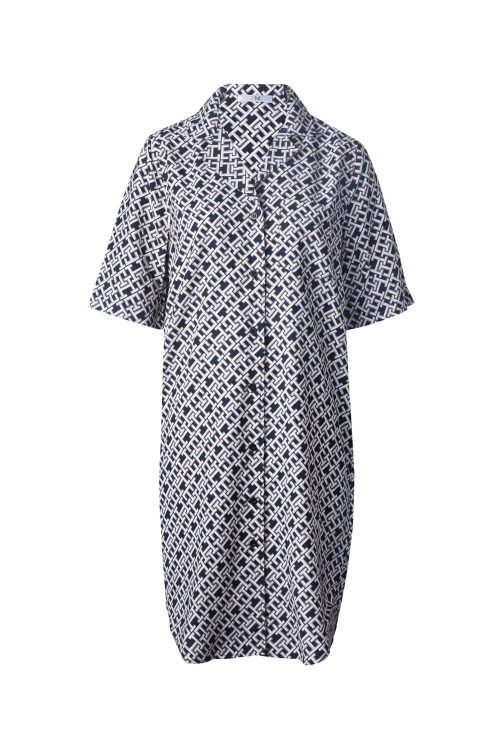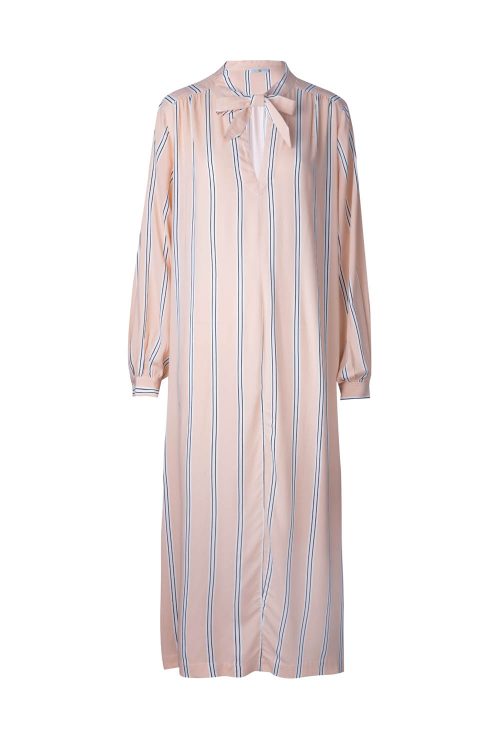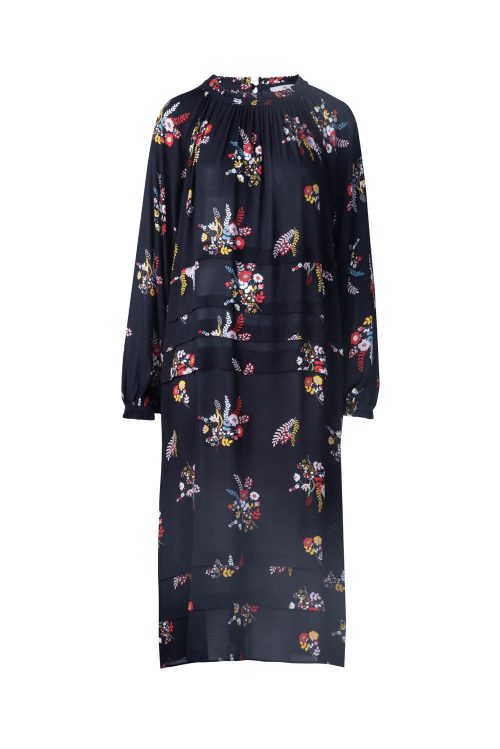
Introduction to OEM Apparel
Original Equipment Manufacturer (OEM) apparel involves clothing and garments produced by one company to be branded and sold by another. This business model is a cornerstone of the global apparel industry, enabling brands to leverage specialized manufacturing capabilities while focusing on design and marketing.
Definition of OEM
OEM refers to the process where manufacturers produce finished products that other companies purchase to sell under their own brand names. This method is prevalent in various industries, especially in apparel, where design and brand identity are significant.
Importance in the Apparel Industry
In the competitive fashion market, OEM allows brands to access manufacturing expertise, reduce operational costs, and enhance product offerings without the need for extensive production facilities.
Advantages of OEM in Apparel Manufacturing
OEM partnerships offer distinct benefits that help apparel brands maintain flexibility, reduce costs, and increase market responsiveness.
Cost Efficiency
One of the primary advantages of OEM is the cost efficiency it brings. Brands can save on capital expenditures related to factories and equipment and instead invest in marketing and customer engagement.
Speed to Market
OEM manufacturers often have the scale and resources to expedite production processes, enabling brands to bring products to market faster, an essential factor in fashion’s rapidly changing trends.
Key Components of OEM Apparel Production
Effective OEM apparel production hinges on several critical components, from design collaboration to sourcing materials.
Design Collaboration
While the brand handles design, OEM partners often contribute to refining products, ensuring designs are production-ready and aligned with current manufacturing capabilities and market trends.
Material Sourcing
OEM manufacturers frequently assist in sourcing materials, leveraging their extensive networks and purchasing power to secure high-quality materials at competitive prices.
Global Supply Chain Dynamics
The global nature of OEM apparel manufacturing introduces complex supply chain dynamics that brands must navigate.
Logistics and Distribution
Managing logistics from global manufacturing sites to markets worldwide requires robust coordination and efficient distribution strategies to ensure timely delivery and inventory management.
Challenges and Solutions
Challenges such as geopolitical tensions, trade regulations, and transportation delays are prevalent. Solutions include diversifying supply chain sources and implementing advanced logistics technology.
Quality Control in OEM Apparel
Maintaining high quality is crucial for brand reputation and customer satisfaction in OEM apparel manufacturing.
Standards and Certifications
OEM manufacturers must adhere to various international standards and certifications, ensuring products meet quality and safety requirements.
Inspection Processes
Routine inspections and audits are integral to OEM operations, helping detect any deviations from quality norms early in the production cycle.
Trends Influencing OEM Apparel Manufacturing
Several trends are currently shaping OEM apparel manufacturing, including technological advancements and a growing emphasis on sustainability.
Technological Innovations
Innovations such as automation, AI in production planning, and blockchain for supply chain transparency are revolutionizing how OEM apparel is manufactured.
Sustainability Efforts
There is an increasing demand for sustainable manufacturing practices. OEMs are adopting eco-friendly processes, using sustainable materials, and reducing waste to meet consumer and regulatory expectations.
Selecting the Right OEM Apparel Manufacturer
Choosing an OEM partner is a strategic decision that influences a brand’s quality, efficiency, and market success.
Criteria for Selection
Factors to consider include the manufacturer’s technological capabilities, ethical standards, production capacity, and previous collaboration history.
Building Long-Term Partnerships
Successful OEM relationships are often long-term, requiring mutual trust, continuous communication, and shared goals between the brand and the manufacturer.
Future Outlook for the OEM Apparel Industry
The future of OEM in the apparel industry looks promising, with new opportunities emerging from technological growth and market shifts.
Market Predictions
As the global apparel market continues to evolve, OEM manufacturing will expand, driven by innovations in production and the increasing focus on speed and customization.
Emerging Opportunities
Opportunities in new markets and in producing technically sophisticated apparel are expected to increase as brands seek to differentiate their offerings and cater to niche markets.
FAQs
What is OEM apparel manufacturing? OEM apparel manufacturing involves producing garments by one company that are then branded and sold by another company under their label.
What are the main benefits of using OEM for apparel? The main benefits include cost efficiency, access to advanced manufacturing techniques, and the ability to quickly respond to market trends.
How do brands ensure quality in OEM manufacturing? Brands ensure quality through stringent quality control measures, including regular inspections, adherence to international standards, and continuous collaboration with manufacturers.
What trends are affecting OEM apparel manufacturing? Significant trends include the integration of new technologies like automation and AI, and a strong focus on sustainable manufacturing practices.
How can brands select the right OEM manufacturer? Brands should consider factors such as production capacity, technological sophistication, ethical practices, and the ability to form long-term partnerships.




